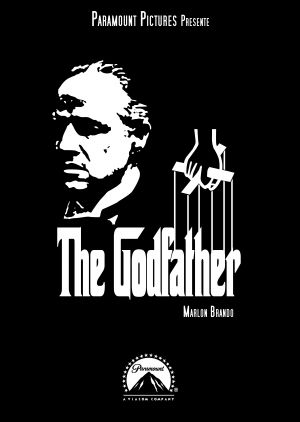A classic example of a thriller genre is the Coen Brothers ' No Country For Old Men '.
Act I comprises the first quarter of the screenplay.
Act II comprises the next two quarters of the film.Exposition-- In this film only one character is introduced at the start of the film, focusing all the attention on the psychopath that is Javier Bardem
Dramatic premise-- Hunter Llewelyn Moss discovers the remains of several drug runners who have all battled each other in an exchange gone horribly wrong. Rather than report the discovery to the police, Moss decides to simply take the two million dollars for himself. This puts the psychopathic killer, Anton Chigurh, on his trail as he carelessly murders nearly every rival, bystander and even employer in his pursuit of the money.
Obstacles-- Within No Country For Old Men, there are many obstacles along the way, including the inevitable meeting between the Hunter and its prey. In this case, the two battle over a case with over 2 million dollars in and with the help of some ruthless weapons, only one prevails.Act III comprises the final quarter of the film.
Midpoint-- The mid-point in this film features a battle between the hunter and its prey and is a clear benchmark as to how close the two are together in terms of the famous 'hide and seek' theme. In this case, the prey swiftly makes an escape but does not go unharmed with a shotgun shell wedged between the hip of the victim. This can also be linked in with the First Culmination as this is a obstacle within the film where the main character believes they are close to achieving a goal but does not at first succeed.
Climax (Second Culmination)-- The Climax in the film is when the two encounter for the second time and this time only one comes out alive. It is a harsh reality for the audience but the inevitability of it happening was always in the mind of the audience.
Denouement-- The part in this film begins as soon as the prey has been eliminated and is free to return with the casket containing the 2 million dollars



















